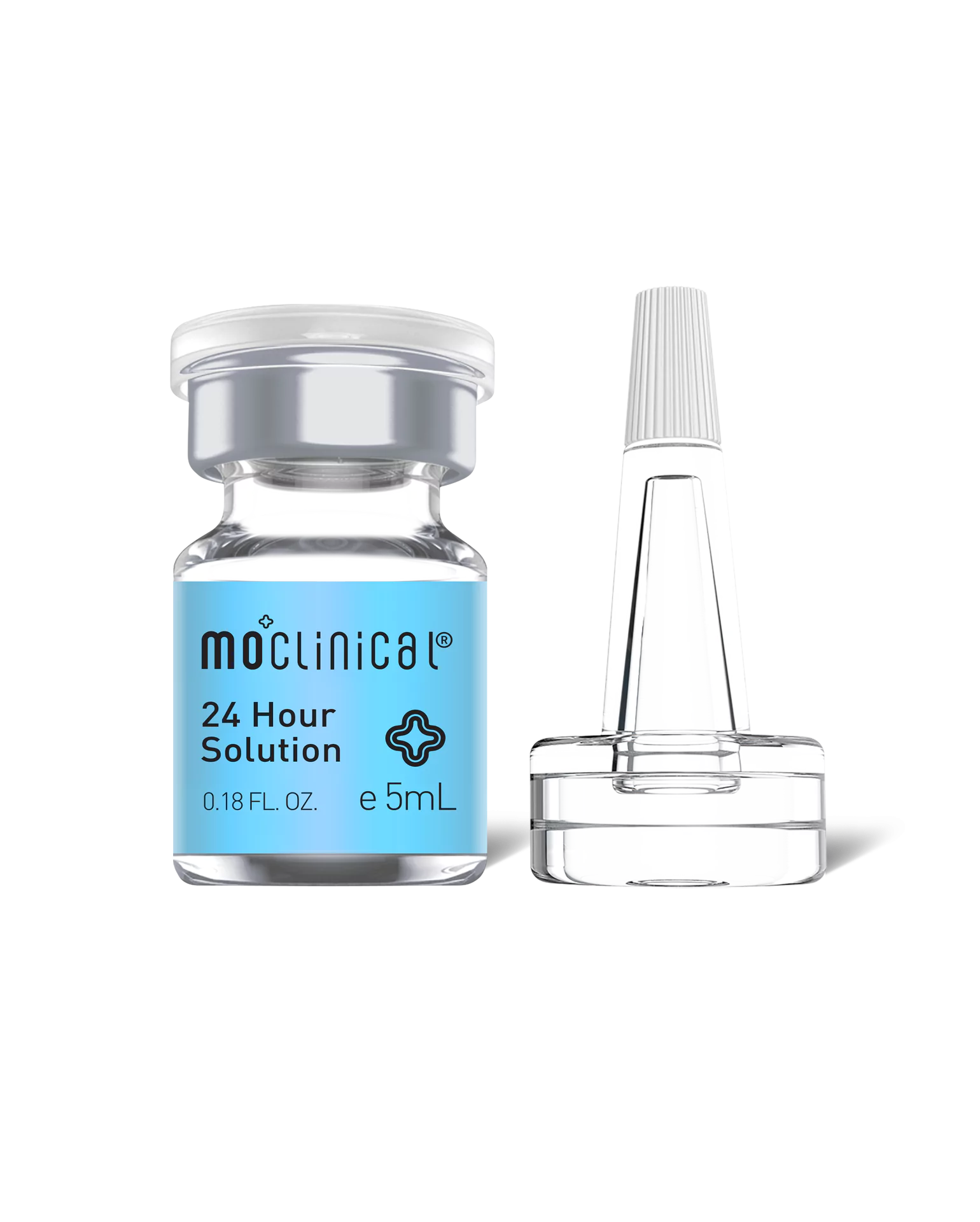You’ve probably heard of azelaic acid, and you may be wondering what exactly does it do?
What is Azelaic Acid?
Azelaic Acid works as a gentle leave-on exfoliant that helps unclog pores and refine skin’s surface. It also has antioxidant benefits and there’s a significantly lessened risk of skin sensitivity after using it. Azelaic acid can be used to counteract dull, uneven skin tone and various concerns related to aging. It also addresses mild to moderate acne and rosacea. You’ll mostly find it in creams and gels, at concentrations between 15 and 20%.
Azelaic acid occurs naturally. It’s produced by the fungus
Pityrosporum ovale. It can be derived from grains like barley, wheat, and rye, but it’s the lab-engineered form that is typically used in skincare products because of its stability and effectiveness. Humans also naturally produce it from fatty acids.
Azelaic Acid and Acne
It can be used to] treat mild to moderate acne:
- Azelaic acid is antimicrobial and helps to reduce bacteria that causes acne. It doesn’t cause bacterial resistance, a potential outcome of antibiotic treatments.
- Decreases inflammation in a few ways. It reduces inflammatory chemical messengers, and it acts as an antioxidant to help reduce inflammation-causing free radicals.
- Refines pores and prevents clogging by helping to reduce hyperkeratinisation. This is when skin cells shed abnormally fast, making them more likely to build up in hair follicles and clog them. Leading to blackheads and pimples.
Compared to other classic topical acne treatments, like benzoyl peroxide, azelaic acid has the advantage. It’s better tolerated by skin. safer, and with fewer side effects.
Overall Advantages
Compared to other skincare ingredients for acne, azelaic acid has a few distinct advantages.
- The fact that azelaic acid can reduce bacteria on the skin without causing resistance is a big bonus. Antibiotic resistance is a growing problem with acne bacteria, so it’s good to have options apart from erythromycin and clindamycin.
- Because it’s naturally present in your body, azelaic acid is considered safe to use during pregnancy.
- There aren’t many side effects that come with using azelaic acid, unless your skin is extremely sensitive. It can cause slight stinging, peeling and redness, but this usually goes away after a few weeks. Since a lot of treatments for acne and rosacea are quite irritating, azelaic acid can be a good alternative to harsher products.
How To Use
Azelaic acid products are topical. Which means you apply a small amount on the affected area. It’s recommended that you apply twice a day, and use
a gentle cleanser and
moisturizer to help keep your skin in good condition during use. You should also use a at least 50 SPF sunscreen to help protect your skin from the sun’s UV rays.
It’s a good idea to patch test the product on your skin before you start using it. There can be a bit of a lag time expected with azelaic acid. So improvements might not be noticeable until after 4 weeks of continued use. If there isn’t an improvement after 8 weeks, talk to your dermatologist or aesthetician.


